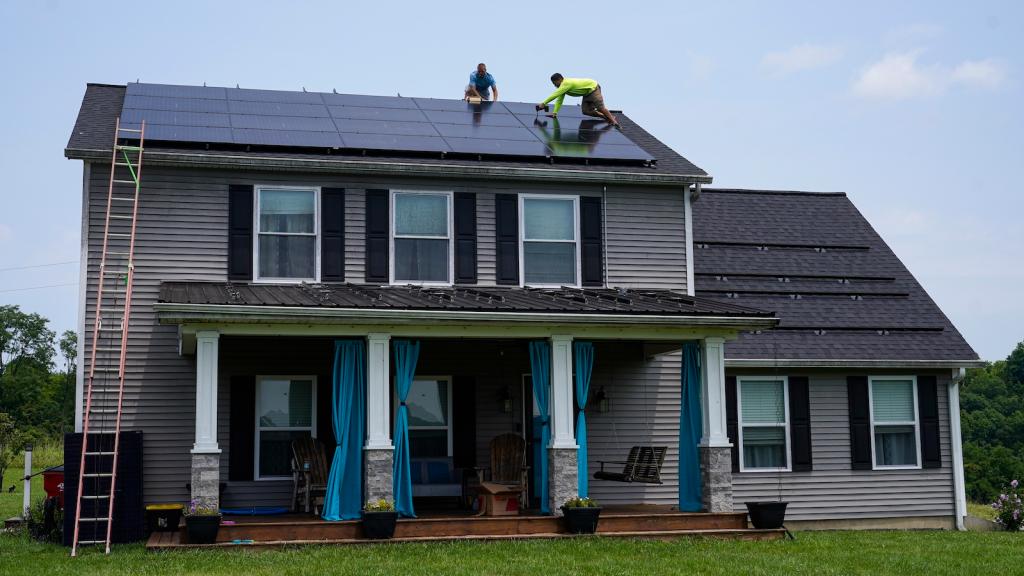 A study done at Stanford and published in the American Meteorological Society’s Journal of Applied Meteorology and Climatology is described by its lead author, Cristina Archer, this way:
A study done at Stanford and published in the American Meteorological Society’s Journal of Applied Meteorology and Climatology is described by its lead author, Cristina Archer, this way:
… each in a separate cage with a treadmill. At any given time, some hamsters will be sleeping or eating and some will be running on their treadmill. If you have only one hamster, the treadmill is either turning or it isn’t, so the power’s either on or off. With two hamsters, the odds are better that one will be on a treadmill at any given point in time and your chances of running, say, your blender, go up. Get enough hamsters together and the odds are pretty good that at least a few will always be on the treadmill, cranking out the kilowatts.
The combined output of all the hamsters will vary, depending on how many are on treadmills at any one time, but there will be a certain level of power that is always being generated, even as different hamsters hop on or off their individual treadmills. That’s the reliable baseload power.
Read the whole story here at Mongabay.
Oh, wait a minute. My bad …
She was just using hamsters as an analogy for wind turbines! Turns out that up to a third of the power from a properly connected grid of widely dispersed wind turbines could be used for baseload power, greatly reducing cost.
Seriously, how hard would it be for wind turbine construction to keep pace with plug-in car manufacture?
 A study done at Stanford and published in the American Meteorological Society's Journal of Applied Meteorology and Climatology is described by its lead author, Cristina Archer, this way:
A study done at Stanford and published in the American Meteorological Society's Journal of Applied Meteorology and Climatology is described by its lead author, Cristina Archer, this way:
